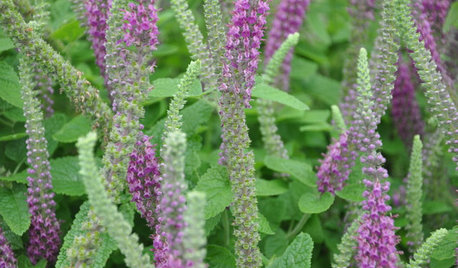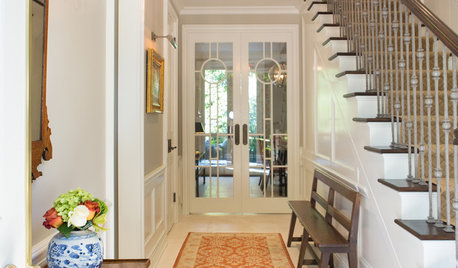I went to Korean temple today. this is second time to visited the temple. I do not know what sect of buddhism the temple belong. I asked Bikuni/nun last week , I asked her to write in "Kanji"
She said I don't know. I asked other old lady who speak little Japanese . she said I can get you information next week. I still do not know yet. but not knowing what sect of temple It is not big deal to me.
I do know that this temple use heart sutra, lotus sutra, and other samll sutras . kanji used in those sutra are different than we use.
peoples are same. Many of good peoples. I enjoy to talk to them. after service, lunch are served. great home made Korean foods. I have not seen many foods and deserts in Korean restaurants. food wrere offered to Buddha first. after service, every body share foods from same dishs. anything left over, older ladys put foods in bag and containers and gave it elders and childrens. when I helped washing dishes and silver ware, many korean ladys looked me "kinda funny look" . most Korean men do not wash dishs. They do outside work, clean floor. one lady asked me about food . "It is much better than peanut batter and jam sandwiches " I said. she went to kichen and put cooked rice in bag, miso soup in plastic container, put many fruits in other plastic bags and gave it to me. she asked me come back to the temple next week. I was just thankfull foods/lunch given to me . after finished lunch, without thinking anything I went to kichen and start to wash dishes.
reading books of zen, it teach us that zen demand "action"
reading sutra is good things. act according sutras then I understand what said in sutras and books.
I have never bowed so many times in one day in my life . since I do not understand any Korean , I do same what ever others doing. when I go to Japanese temple I do not understand what Japanese monk is chanting any way.
I thought if I can bow many times every day I do not have to live in pain and sufering.
"koan" is laungage of space forigner when you are reading it. I could not understand it . I still do not understand manythings. But I feel somehow what sutra want to say to me.
porpose of visiting Korean temple was that I needed to learn relationship of Japanese garden and Korean buddhism. now I enjoy just being there. ..................mike









Earthworm3
Gorfram
Related Professionals
Wrentham Landscape Architects & Landscape Designers · Salisbury Landscape Architects & Landscape Designers · Frisco Landscape Contractors · Wakefield Landscape Contractors · Gurnee Landscape Contractors · Sammamish Landscape Contractors · Waldorf Landscape Contractors · Norridge Landscape Contractors · Auburn Decks, Patios & Outdoor Enclosures · Bonita Decks, Patios & Outdoor Enclosures · Fort Collins Decks, Patios & Outdoor Enclosures · Green Bay Decks, Patios & Outdoor Enclosures · Lenoir Decks, Patios & Outdoor Enclosures · Portage Decks, Patios & Outdoor Enclosures · Verde Village Decks, Patios & Outdoor EnclosuresCady
nachodaddy
Tonyzone9
yukio
bungalow_mikee
bungalow_mikee
yamaOriginal Author
yamaOriginal Author
yukio
Gorfram
yamaOriginal Author